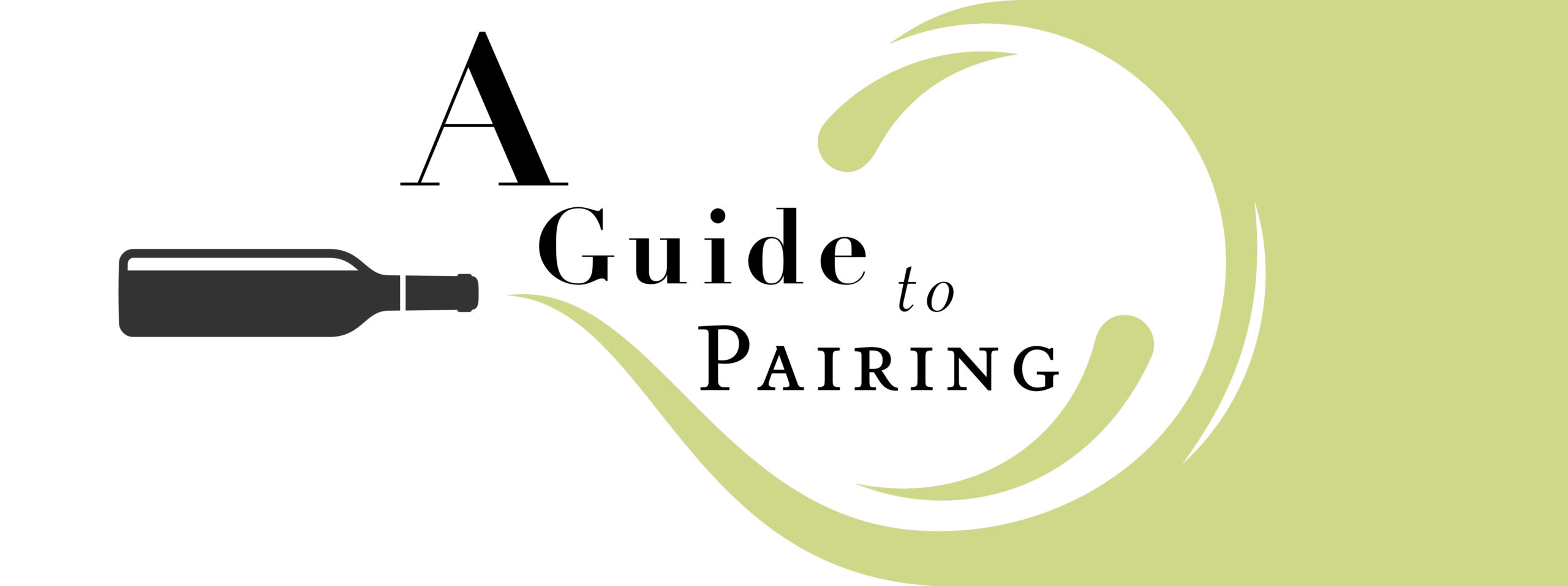The holidays are fast approaching, and if you’re like us, your wallet is starting to feel it a bit. Now may not be the best time to splurge on an expensive bottle of bubbles, but you still want to enjoy a festive toast to life, family, and friends. Enter, Prosecco.
A bit about Prosecco:
- Prosecco was once the name of the wine, region, and grape, but due to tightening production around Prosecco, and introducing premier regions (DOCG) for Prosecco, an ancient name for the grape was resurrected, we now call it Glera
- Prosecco is actually more popular than Champagne, something on the scale of 10:1 globally
- Only 85% of the bottle needs to be Glera, the remaining 15% can be made of Verdiso, Bianchetta Trevigiana, Perera, Glera Lunga, Chardonnay, Pinot Bianco, Pinot Grigio and/or Pinot Noir
- Prosecco does not ferment in bottle, so it does not improve with age, it is meant to be drank as young and fresh as possible, unlike Champagne
Ok, let’s talk food (think like a chef):
Where you get your Prosecco from in the Prosecco region can vary the flavor profile a bit. Different areas do produce different Prosecco, so keep that in mind. We recommend only buying DOCG for top quality Prosecco, so you should be looking for either Valdobbiadene DOCG or Conegliano DOCG on the label when purchasing some.
Conegliano DOCG is generally medium bodied with ripe fruit, apples, sage and spices.
Valdobbiadene DOCG is generally lighter in style with a green apple, pear, peach, and acacia flower profile. This is the bottle you’ll most likely find in your wine shop as it has a much larger market presence, and honestly, it’s just fun to say Valdobbiadene! (yes, the wine marketing world is that shallow, if it’s fun to say, it’s popular, aside from what’s in the bottle) Luckily, Valdobbiadene lives up to its fun to say, easy to market namesake with stellar wine in the bottle. This is the Prosecco profile we’ll speak to for food pairings.
So, you’ll have bubbles as a texture and palate cleanser, flavors of apple, pear and peach alongside acacia floral overtones. You won’t need to worry about tannin from Prosecco and the finish, while not as robust as a Champagne, still (due to the sparkling nature of the wine) offers a lot of umami nuance on the finish, just a bit more floral, which is great.
Compare AND contrast:
It’s no surprise Prosecco and fruit go hand in hand (see: Bellini), so it’s best as a comparable pairing with sliced apples, pears, or peaches.
Prosecco is also a cheaper alternative to Champagne for mimosas, so you can always have fun doing a bit of a deconstruction by serving orange wedges alongside Prosecco.
When contrasting flavors, Prosecco really shines.
Any savory cheese is cut through nicely by Prosecco’s bubbles and acidity, cleansing the rich fats from the cheese between bites.
Any salty, cured meat (think: salami, prosciutto) is cleansed nicely by Prosecco as it cuts through the fats and accentuates the umami factor of the meat on the finish.
The briny ocean flavors of many seafoods are also a great contrast to Prosecco’s uplifted florals and fruit tones, making for a wonderful palate cleanser between bites that resonates with the umami of your ocean fare.
And one step further, expertly prepared sushi and sashimi go great with Prosecco for all the same reasons as above. Every additional item is curated to perfectly pair with the fish on display, adding in a bit of Prosecco on the finish only helps to bring out the chef’s vision on your palate.
And for the healthier amongst us, a handful of almonds as a snack is very well suited to be enjoyed alongside a bit of Prosecco.
Get weird:
Bacon & Prosecco. It just sounds weird, we know, but it essentially takes the prosciutto & Prosecco pairing and ramps the flavor effect up to the max. Try it!
So there you have it, our guide for pairing Prosecco.
How about you though? For our other guests, please feel free to share your pairing suggestions for Prosecco in the comments below.
Cheers!

